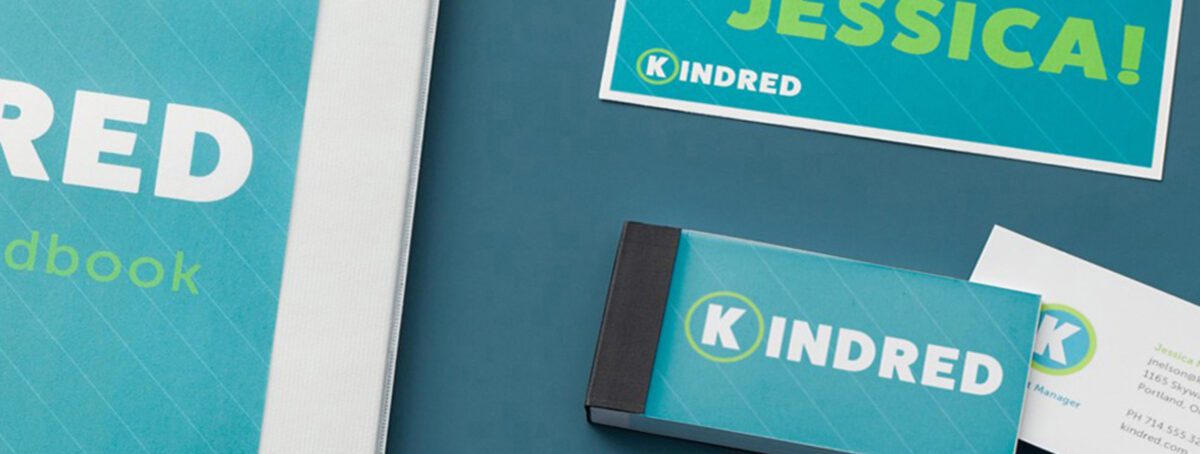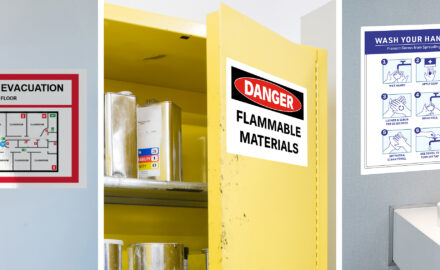Competition for hiring the best talent is steep. With unemployment at an all-time low, businesses are working hard to convince top candidates to join their teams. To attract a strong workforce, planning is key. When you have a compelling job description, an enticing pitch and an organized hiring process your business will stand out. And, if done correctly, it can also help you compete against businesses with higher salaries and more perks.
Use these five steps to help shape your hiring process.
1. Research the competition
To compete effectively for the best candidates, you need to know what you’re up against. Familiarize yourself with the job titles, salaries, and benefits of companies in your field to help map out your own. Then, focus on your company’s unique strengths and opportunities rather than trying to match the salaries and perks of your counterparts.
Things to consider:
- Where do you stack up on health insurance and retirement benefits?
- What perks, such as telecommuting and tuition reimbursement, are other employers providing?
- What titles and reporting structures do other companies use, and can you attract candidates with a specific job title?
To find similar job titles and salary ranges, visit your competitors’ career section and review job sites like LinkedIn, Indeed.com, and Glassdoor.
2. Focus on details
Create a strong, well-written job description to attract the best candidates. Job seekers want specifics in the posting and interview process, so they know if they’re a good fit. Giving them an overview of training and advancement opportunities can also help assure them. When a prospective employee understands what it takes to succeed, they can feel confident about pursuing the role.
When creating your job description, make sure your team is solid on the following details:
- Responsibilities
- Required skills, experience, degrees, and certifications
- Reporting structure, including supervisors and direct reports
- Performance measurements and goals
- Opportunities for promotion
3. Emphasize company positives
Small businesses likely can’t offer the enticing perks that their larger counterparts provide, such as on-site daycare or gym memberships. That’s why highlighting what makes your company unique is essential to competing for top talent.
For example, at larger companies, there are often many layers that can keep employees stuck in their roles. If your business is smaller, perhaps new hires will get to work closely with senior staff and top-notch clients or have an opportunity to work in other areas that interest them. Or, maybe your company supports a great work-life balance that many candidates today are seeking.
If you aren’t sure what is valued most about your workplace, ask your current workforce. Talk to long-time staff about what they like about the company culture and what they admire in their coworkers. Also, tap recent hires to find out what attracted them to your company and made them choose you over the competition.
4. Share the company’s vision
Good candidates want to understand what the future holds for them if they join your company. Spell out your company’s mission statement and discuss your vision. Let them know they’ll be joining a strong, forward-thinking company. It doesn’t have to be anything huge, such as opening multiple new locations or adding lots of staff. It can be something as modest as increasing customer retention or bolstering cross-training to improve team development. The important point to convey is that your company is constantly evolving to ensure success.
5. Make a professional impression
The interviewing process can greatly impact how candidates view your business. Make sure to organize your team, interview questions, and company materials beforehand to make the best impression.
If multiple people will be interviewing a candidate, set a timeline and a structure for who will discuss what. This will help avoid a repetitive experience for the candidate. Also, make sure and have printed company materials on hand for the potential employees to review while they wait. At the end of the interview, offer your business card to make it easy for the candidate to contact you.
Once you have landed a great hire, your onboarding process will have a lasting impact on their success. Make sure the tools they need, their work area, and any necessary materials are ready to go on their first day. Provide them with custom printed business cards, stationery, and other needed items, since delays in getting these materials can slow momentum.
Do you have any tips or tricks to help our readers in the hiring process? Share them below.




